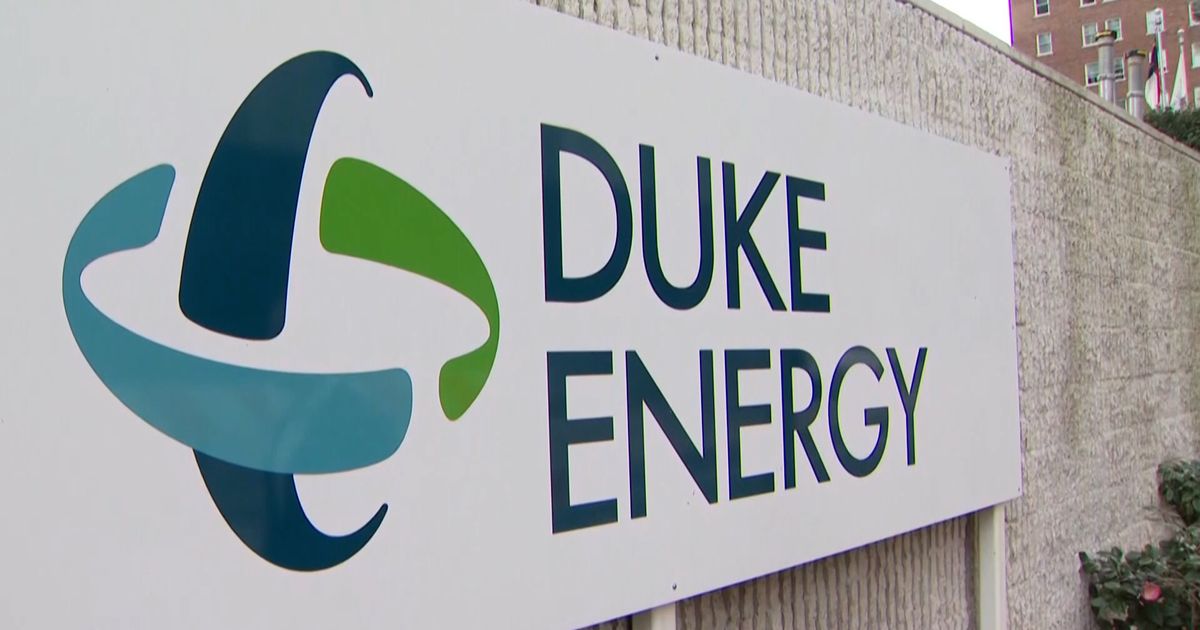Duke Energy filed a new long-term plan Tuesday that extends coal use, adds more natural gas and slows solar development — the first resource blueprint since North Carolina lawmakers eliminated the state’s 2030 carbon reduction mandate.
The 2025 Carolinas Resource Plan, submitted to regulators in North and South Carolina, lays out how the company intends to meet electricity demand over the next 15 years amid unprecedented growth. Duke projects energy needs across the Carolinas will increase eightfold compared with the past decade, fueled by an influx of manufacturing facilities, population gains and electrification.
To meet that demand, the plan calls for five new combined-cycle natural gas plants, seven combustion turbines and extensions of coal units at Belews Creek, Cliffside and Marshall for up to four more years. Solar procurement targets are scaled back from the prior plan, while battery storage nearly doubles, reaching 5,600 megawatts by 2034. Duke also expanded its nuclear ambitions, exploring both small modular reactors and large light-water units, with a potential in-service date of 2037.
The shift reflects changes in state and federal policy. In North Carolina, the Power Bill Reduction Act signed into law this year scrapped the requirement that Duke cut carbon emissions 70 percent by 2030, replacing it with broader reliability and cost provisions. At the federal level, new flexibility for coal and gas plants and narrowed tax credits for solar and wind also shaped the plan.
Critics said the utility is pulling back from low-cost clean energy in favor of fossil fuels.
“Demand for electricity is soaring while energy policy has shifted substantially over the past 12 months,” said Matt Abele, executive director of the North Carolina Sustainable Energy Association. “North Carolina ratepayers are already experiencing unprecedented rate hikes and unfortunately are set to see rates continue to increase over the next decade-plus under the plan proposed by Duke Energy. This plan prematurely removes or delays low-cost, easy-to-develop generation options from the portfolio while extending the life of uneconomic resources.”
Duke Energy said the plan is designed to balance affordability and reliability. “By expanding our diverse generation portfolio and maximizing our existing power plants to meet growth needs, we will ensure reliable energy while saving all our customers money,” said Kendal Bowman, Duke Energy’s North Carolina president.
The North Carolina Utilities Commission is expected to hold hearings on the plan in 2026 before issuing an order by the end of that year.
